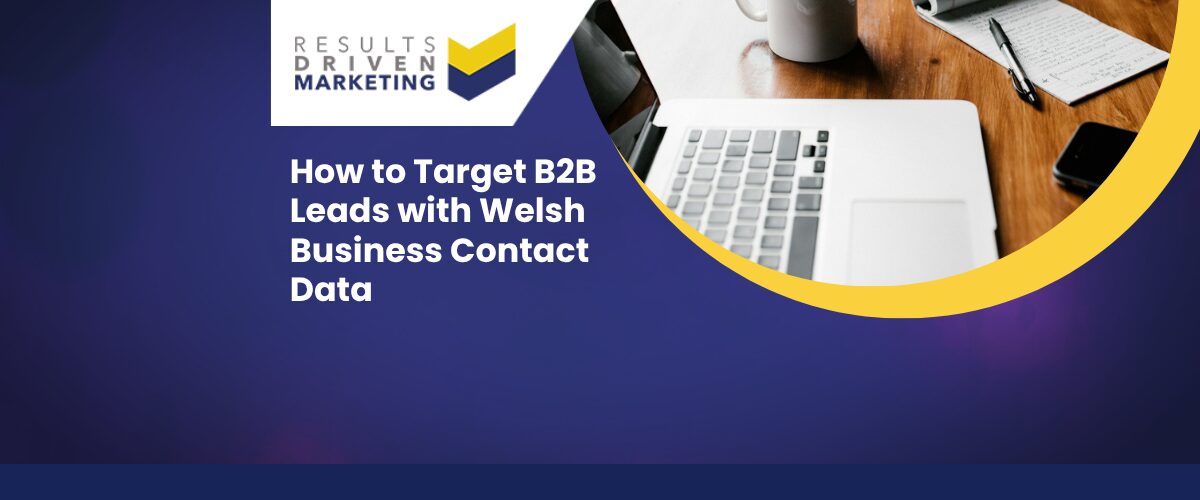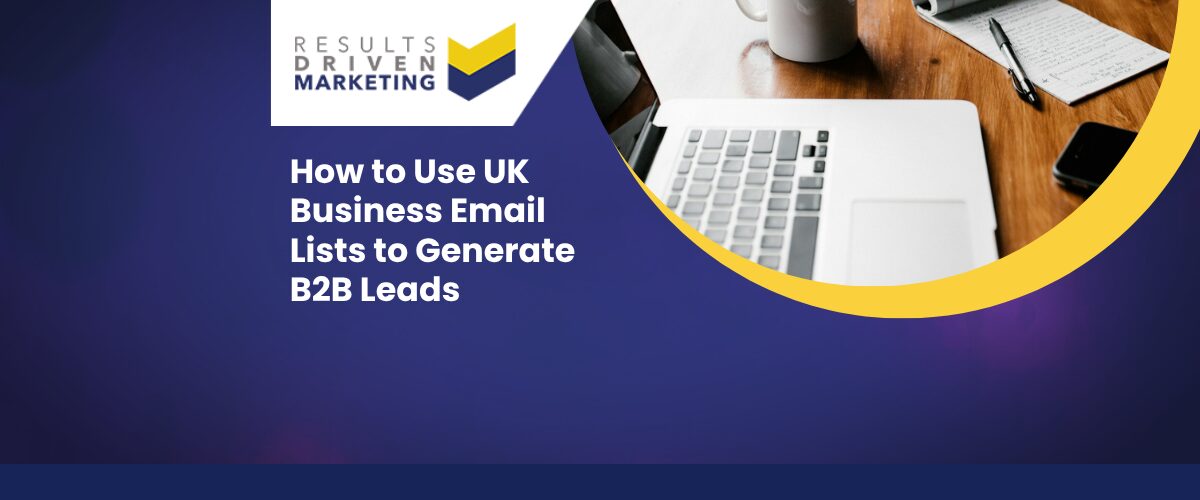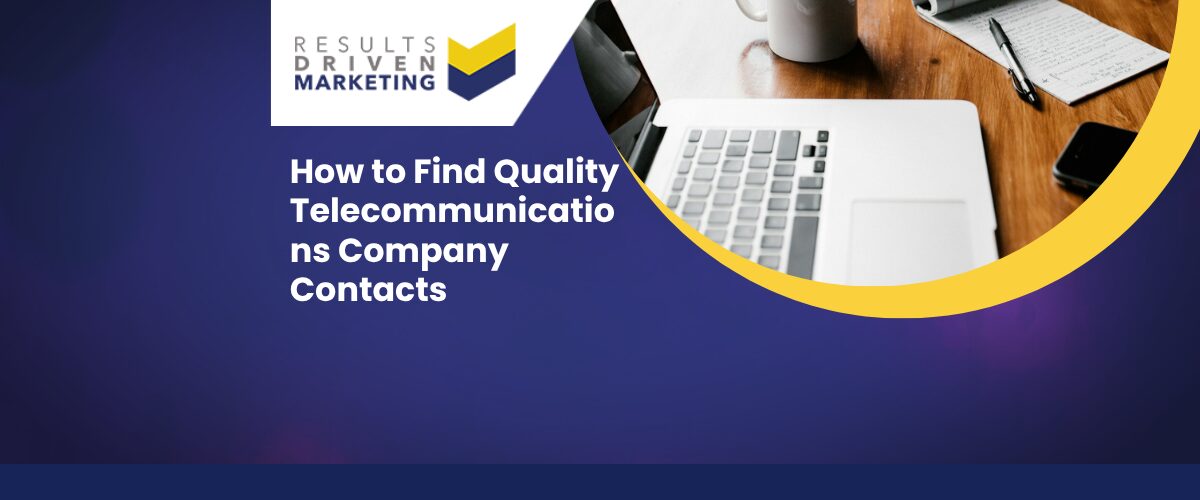
Avoiding Email Spam Filters
Avoiding email spam filters is a crucial skill for successful email marketing. This article will offer key strategies and insights to ensure your emails reach their intended recipients. We’ll delve into the common triggers for spam filters and how to navigate around them, maintaining the integrity and deliverability of your messages.
From crafting the subject line to structuring your content, these guidelines will help you avoid the spam folder, ensuring your emails have the best chance of engaging your audience effectively.
Table of contents:
Understanding Email Spam Filters
So, what’s the deal with spam filters? Think of them as the gatekeepers of the inbox kingdom, sifting through the good, the bad, and the ugly. Their job? To protect users from unsolicited emails that could be, well, anything from a prince needing a cash bailout to a too-good-to-be-true lottery win.
But sometimes, they can be a bit overzealous and snag your legitimate emails. That’s why understanding the ins and outs of these filters is crucial for your email deliverability.
The Importance of Email Deliverability
Let’s get real – if your emails aren’t getting delivered, then what’s the point? Email deliverability is the bread and butter of your email marketing strategy.
It’s not just about avoiding spam filters; it’s about building trust with your audience and ensuring your messages are received loud and clear. Because, at the end of the day, what good is your message if it’s shouting into the void?
What is Spam?
Now, onto the million-dollar question: What exactly is spam? It’s not just canned mystery meat – in the email world, it’s any unsolicited message that clutters up inboxes.
But it’s not just about being uninvited; it’s about relevance. Even a well-intentioned email can be spam if it’s not what the recipient wants or needs.
Defining Spam in the Context of Email Marketing
In the realm of email marketing, spam takes on a more nuanced definition. It’s not just about being unsolicited; it’s about consent and relevance.
An email can be considered spam if it hasn’t been explicitly requested by the recipient or if it’s irrelevant to their interests. That’s why tailoring your content and respecting your audience’s preferences is key to avoiding the spam folder.
The Impact of Spam on Users and Marketers
Spam is more than just an annoyance for users – it’s a barrier between you and your audience. For users, it’s a matter of sifting through a sea of irrelevance to find messages that matter.
For marketers, it’s a challenge to stand out and deliver value in a crowded space. The impact? It can make or break your email marketing efforts.
Why Emails Go to Spam
Ever scratched your head wondering why your email, which you spent hours perfecting, ended up in the spam folder? It’s like throwing a party and finding out your invitations were lost in the mail.
Let’s unpack the reasons behind this email party foul.
Common Reasons Emails are Marked as Spam
- Trigger-Happy Keywords: Some words are like red flags to spam filters. “Free,” “Guarantee,” or “No risk” can send your email straight to spam jail.
- Overzealous with the Caps Lock: WHEN YOU SHOUT IN YOUR EMAIL, spam filters might give you the cold shoulder.
- Image Overload: Emails that are all pictures and no text are like mysterious packages – they raise suspicion.
- Spammy Sender Reputation: If your domain has been flagged in the past, spam filters remember. They’re like elephants that way.
How User Behaviour Influences Email Filtering
Believe it or not, your recipients have a say in your sender reputation. If enough people mark your emails as spam, the filters learn to treat your messages like uninvited guests.
It’s a popularity contest, and user behavior is the judge.
Understanding Spam Filters
Getting to grips with spam filters can feel like trying to understand a foreign language.
But once you crack the code, it’s a game-changer for your email campaigns.
How Spam Filters Work
- Content Inspection: They scrutinise your words, looking for those spammy terms that set off alarm bells.
- Header Checks: They peek at your email’s “ID,” making sure you’re who you say you are.
- Blacklists: They check if you’re on the naughty list for email senders. If your domain is listed, it’s like having a bad credit score in the email world.
Best Practices for Passing Through Spam Filters
- Keep it Clean: Craft your content like you’re writing to a friend. Spam filters are friends with the friendly.
- Stay Consistent: Use the same from name and email address. It’s like having a reliable friend who always shows up on time.
- Mind Your Manners: Ask for permission before sending emails. It’s the polite thing to do, and spam filters respect manners.
Email Firewalls and Security Measures
In the digital world, email firewalls are the bouncers at the club, deciding who gets in and who’s left out in the cold.
The Role of Email Firewalls in Spam Filtering
Email firewalls scan incoming emails like a meticulous security guard. They’re the first line of defense, keeping the riffraff out of your inbox party.
Securing Your Email Marketing Campaigns
- Authentication Protocols: Use things like SPF, DKIM, and DMARC to prove your emails are the real deal.
- Regular List Cleaning: Keep your guest list updated. Regularly remove those who never show up (bounce) or cause trouble (spam complaints).
- Engagement Tracking: Keep an eye on who’s dancing to your tunes (opening and clicking) and who’s sitting out (ignoring your emails). The more engaged your audience, the better your reputation.
Handling Abuse Reports
So, you’ve received an abuse report. It’s not the end of the world. Think of it as feedback, a chance to improve.
What to Do When You Receive an Abuse Report
- Don’t Panic: Take a deep breath. It’s a hiccup, not a full stop.
- Investigate: Look into the why and how. Understanding is the first step to fixing.
- Take Action: Address the issue head-on. Make amends, tweak your approach, and move forward.
Preventing Accidental Abuse Reports
- Clear Opt-In: Make sure your subscribers know what they’re signing up for. No surprises.
- Easy Opt-Out: Don’t be clingy. If they want to leave, make it easy.
- Engagement Checks: Keep tabs on who’s engaging. If they’re not, maybe it’s time to part ways.
Avoiding the Email Spammer Label
Being labeled a spammer is like being the unwanted guest at a party. Let’s make sure you’re always on the VIP list.
Strategies to Maintain a Good Sender Reputation
- Consistent Sending: Be regular but not overbearing. It’s a delicate balance.
- Feedback Loops: Set them up with ISPs. It’s like having a direct line to the host of the party.
- Monitor Metrics: Keep an eye on opens, clicks, and bounces. They tell a story.
Techniques to Avoid Being Blacklisted
- Authenticate Your Emails: It’s like showing ID at the door. Prove you’re supposed to be there.
- Avoid Spam Traps: Clean your list. Old, unused emails can be traps.
- Regular Testing: Send test campaigns. It’s like a dress rehearsal before the main event.
Advantages of Avoiding Email Spam Filters
Diving into the email marketing pool? You’ll want to swim clear of the spam filter net. It’s all about staying visible and getting your message across.
Increased Email Deliverability and Open Rates
- Reach the Inbox: It’s simple. Avoid spam filters, and you’re more likely to hit that sweet spot—the recipient’s inbox.
- Boost Those Opens: When you land in the inbox, your open rates can soar. It’s like being the first act on stage—the spotlight’s on you.
Building Trust with Your Audience
- Reliability: Show up where you say you will—in their inbox, not the spam folder.
- Credibility: Consistent inbox placement paints you as a trustworthy sender. It’s like earning a badge of honor.
Disadvantages of Avoiding Email Spam Filters
Sure, avoiding spam filters is mostly sunshine and rainbows, but let’s talk about the other side of the coin for a sec.
The Potential for Over-Optimisation
- Too Perfect: Sometimes, trying too hard to avoid spam filters can make you look suspicious. It’s like wearing a tuxedo to a casual brunch.
- The Human Touch: Remember, sounding too robotic can alienate your audience. Keep it real, keep it human.
Balancing Deliverability with Engagement
- The Juggling Act: You’ve got to find that sweet spot between avoiding spam filters and engaging your audience.
- Engagement Metrics: Don’t just aim for the inbox; aim for the click, the read, the reply. That’s the real win.
Is Avoiding Email Spam Filters a Good Idea?
Weighing the pros and cons, is it worth the hustle to dodge those spam filters?
Evaluating the Benefits Against the Effort Required
- Cost vs. Reward: Consider the time and resources you’re putting in. Is the payoff worth it?
- Long-Term Gains: Think about the long game. Building a solid sender reputation can pay dividends down the line.
Key Considerations When Avoiding Email Spam Filters
Alright, let’s unpack the suitcase of strategies to keep your emails as far away from spam filters as possible.
Understanding Your Audience and Email Service Provider
- Know the Crowd: Tailor your content to your audience’s likes. It’s like picking the right outfit for a party.
- ESP Savvy: Different Email Service Providers have different rules. Get to know them—it’s like learning the local language.
Regularly Updating Your Email Practices
- Stay Fresh: Keep up with the latest in email best practices. It’s like updating your wardrobe with the seasons.
- Test and Learn: Regularly test your emails. What works today might not work tomorrow.
Alternatives to Avoiding Email Spam Filters
If avoiding spam filters was a game, here are some other moves you could make.
Other Methods of Ensuring Email Deliverability
- Authentication Protocols: Use SPF, DKIM, and DMARC to prove your emails are the real deal.
- Quality Content: Focus on delivering value. If your emails are good, they’ll want to find you.
Integrating Multiple Channels in Your Marketing Strategy
- Mix It Up: Don’t put all your eggs in the email basket. Use social media, blogs, and more to reach your audience.
- Unified Messaging: Keep your message consistent across channels. It’s like having a signature style.
FAQ
Let’s tackle some of the burning questions you might have about keeping your emails out of the dreaded spam folder.
How can I check if my emails are going to spam?
- Spam Checkers: Use tools like Mail-Tester to see how your email fares against common spam filters.
What are some quick tips to avoid the spam folder?
- Permission-Based Lists: Always get consent to email.
- Engaging Subject Lines: Avoid caps lock and too many exclamation points.
How often should I clean my email list?
- Regular Cleansing: Scrub your list every few months to remove inactive subscribers.
Can certain words in my email trigger spam filters?
- Trigger Words: Yep, words like ‘free’ can raise red flags. Use them sparingly.
How does email authentication affect spam filtering?
- Trust Factor: Authentication helps establish trust with ISPs, reducing the chance of being flagged as spam.
What role does email frequency play in avoiding spam filters?
- Goldilocks Principle: Not too much, not too little. Find the frequency that’s just right.
How can I improve my sender score?
- Best Practices: Keep your list clean, and your engagement high.
Who are we?
Dedicated to lead generation, Results Driven Marketing provides myriad services SMEs can trust to deliver results.
Our marketing lists are guaranteed accurate to industry high standards, and GDPR compliant and our experience team means that if you are looking to buy data, they make them totally bespoke and highly relevant whether you are looking for email lists, direct mailing lists or telemarketing lists.
Our email marketing software is highly rated. Responder provides the automation tools you need to put your marketing on autopilot.
We also supply email marketing solutions with our email marketing platform.
Call us today on 0191 406 6399 to discuss your specific needs.
Results Driven Marketing
info@rdmarketing.co.uk
0191 406 6399





